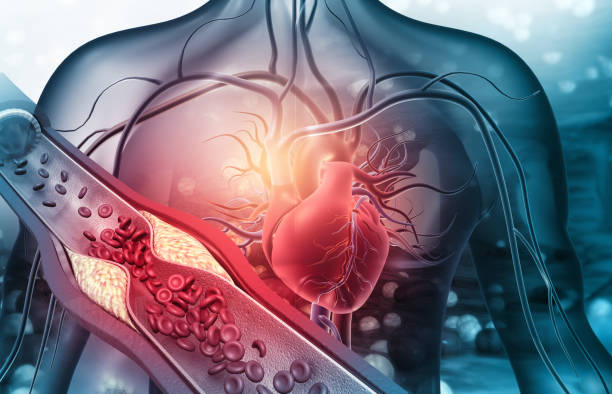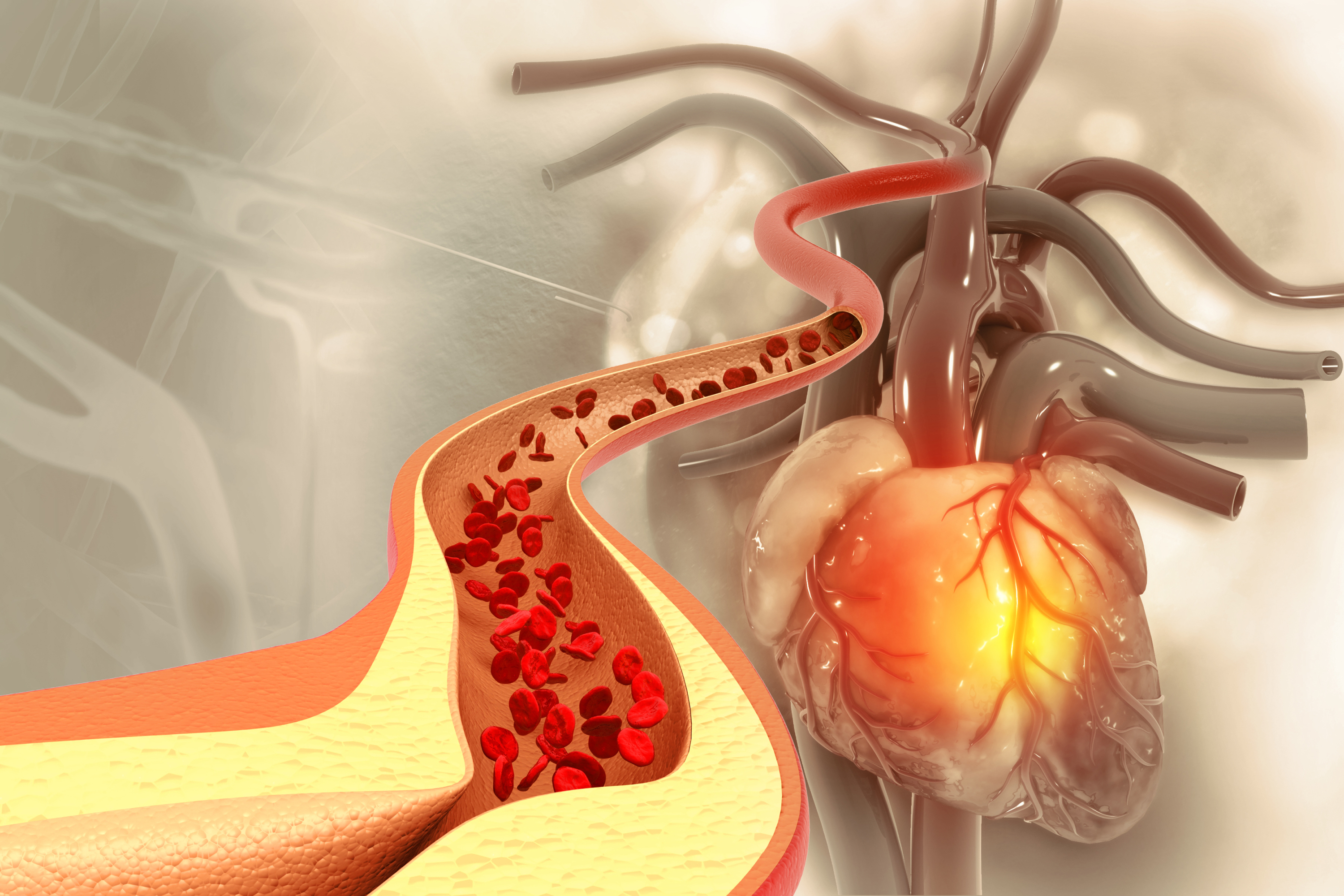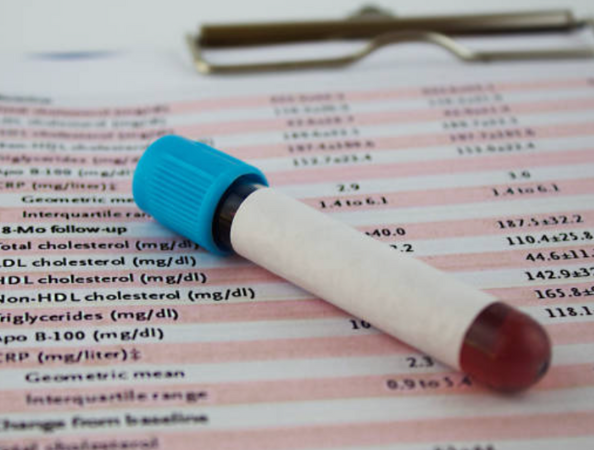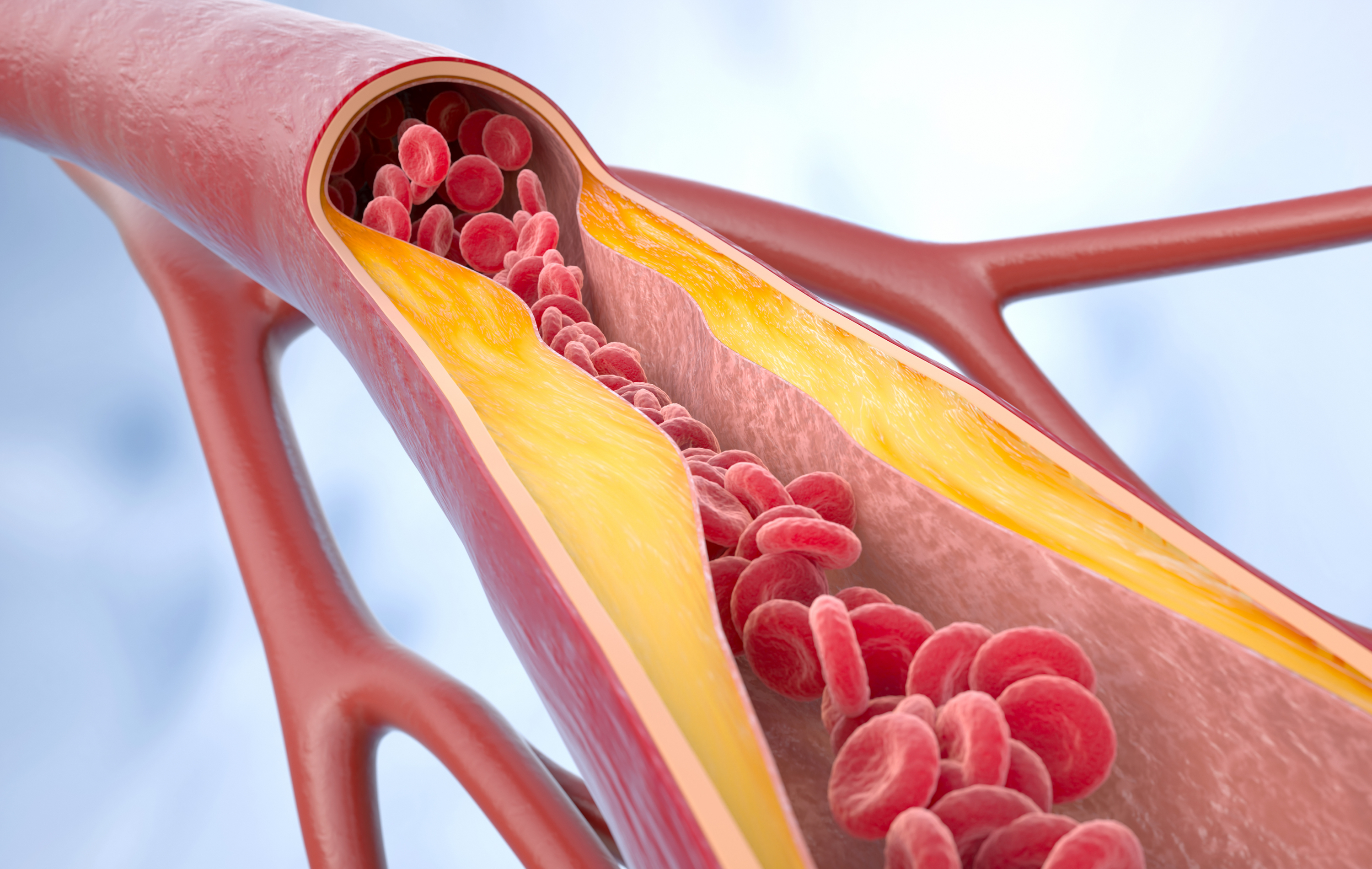Researchers manage to reduce "bad" cholesterol by almost half using combination therapy with a new drug.

Recent findings by Cleveland Clinic physicians reveal that combining a new drug, obicetrapib, with a widely used medicine, ezetimibe, reduced low-density lipoprotein (LDL) cholesterol levels by 48.6 percent after nearly three months, producing more effective results than either drug alone.

Controlling good and bad cholesterol is essential for good health. Photo: iStock
The results of the Phase 3 clinical trial were recently presented at a scientific session during the annual meeting of the European Atherosclerosis Society in Glasgow, Scotland, and were published simultaneously in The Lancet.
Excessive levels of LDL cholesterol (often referred to as "bad" cholesterol) can lead to atherosclerotic disease, the buildup of plaque on artery walls, which increases the risk of heart attack or stroke. Patients who have this condition, or are at high risk of developing it, can reduce their chances of adverse events by lowering their LDL cholesterol levels.
“Despite statin and other non-statin therapies, many patients at high risk for heart disease, or who already have heart disease, fail to achieve their LDL cholesterol goals,” says Ashish Sarraju, MD, lead author and preventive cardiologist at the Cleveland Clinic. “This combination therapy helps patients at high risk who need additional support to lower their cholesterol and increase their likelihood of reaching their goals.”
Many factors can lead to high LDL levels, such as poor diet, being overweight, smoking, or increasing age. However, other factors, such as genetic factors, cannot be modified. For some people, lifestyle changes can be beneficial, but for many others, medication is necessary. Some even require multiple lipid-lowering therapies.

Smoking raises LDL cholesterol (bad cholesterol) and lowers HDL cholesterol (good cholesterol). Photo: iStock
In this multicenter clinical trial, researchers studied 407 patients with LDL cholesterol levels above 70 mg/dL despite receiving maximal lipid-lowering therapy, which included statins in almost all cases. They were randomly assigned to treatment with the fixed-dose combination of obicetrapib and ezetimibe, either with the therapy alone, or with matching placebo.
After 84 days of treatment, the fixed-dose therapy reduced LDL cholesterol by 48.6% compared to placebo alone. LDL cholesterol decreased by 31.7% with obicetrapib monotherapy compared to placebo. Overall, all treatments were well tolerated.
“These results support the potential for using this fixed-dose combination to help treat an often difficult-to-treat patient population,” said Dr. Steven Nissen, senior author and academic director of the Heart, Vascular & Thoracic Institute at Cleveland Clinic. “If approved by regulatory authorities, this could allow high-risk patients who need additional LDL cholesterol reduction to increase their chances of achieving their goals.”
What cholesterol level should I have? Cholesterol isn't just a matter of fat. Its presence is a silent ghost that can affect young and old, men and women, and even athletes and sedentary executives alike. And it shouldn't be ignored. Therefore, the first piece of advice from specialists when you learn that your cholesterol levels are high is not to worry, but also not to forget about the problem.
Cholesterol itself isn't bad. On the contrary, it's a vital element, as it's responsible for transporting fat as an energy source to the blood vessels, where it can't travel alone. Up to 80 percent of cholesterol is produced by the liver, and only the remaining 20 percent is ingested through daily food consumption.
But it also performs other functions: it helps in the formation of some cells and some steroid hormones, it also plays a role in the formation of fatty tissue, and it even helps maintain body temperature.

Cholesterol is a waxy, fat-like substance found in our cells. Photo: iStock
Generally speaking, cholesterol is a fatty substance found in the blood and is classified into two main types: LDL cholesterol (low-density lipoproteins) or "bad cholesterol," and HDL cholesterol (high-density lipoproteins) or "good cholesterol."
According to the Mayo Clinic, LDL is considered harmful because it can build up in arteries and form plaques that obstruct blood flow, increasing the risk of cardiovascular disease. On the other hand, HDL helps eliminate excess cholesterol from the blood, making it beneficial for cardiovascular health.
As with all substances, if the amounts are right they do not pose any problems, but in the case of cholesterol, if its presence in the blood is high, then something known as hypercholesterolemia occurs.
It has been shown, for example, that those with blood cholesterol levels of 240 mg/dl per 10 milliliters of blood have twice the risk of suffering a myocardial infarction than those with levels of 200 mg/dl.

Maintaining a healthy diet can help you control your cholesterol. Photo: iStock
This is because cells are unable to absorb all the cholesterol circulating in the blood, and the excess can be deposited on the walls of the arteries and contribute to their progressive narrowing, causing what is known as atherosclerosis.
It has also been shown that if a person who already has cholesterol stuck in their arteries decides to lower and control their blood cholesterol, they can cause the cholesterol to break loose and be eliminated.
In this context, it's worth taking a look at normal blood cholesterol levels: Normal: below 200 mg/dl; Normal-high: between 200 and 240 mg/dl; and High: above 240 mg/dl.
To simplify things, LDL cholesterol should be below 100-140 mg/dl and HDL should be above 35 mg/dl for men and 40 mg/dl for women.
It is important to know that since these levels do not produce symptoms, they are only detected through a blood test.
Environment and Health Journalist
eltiempo





